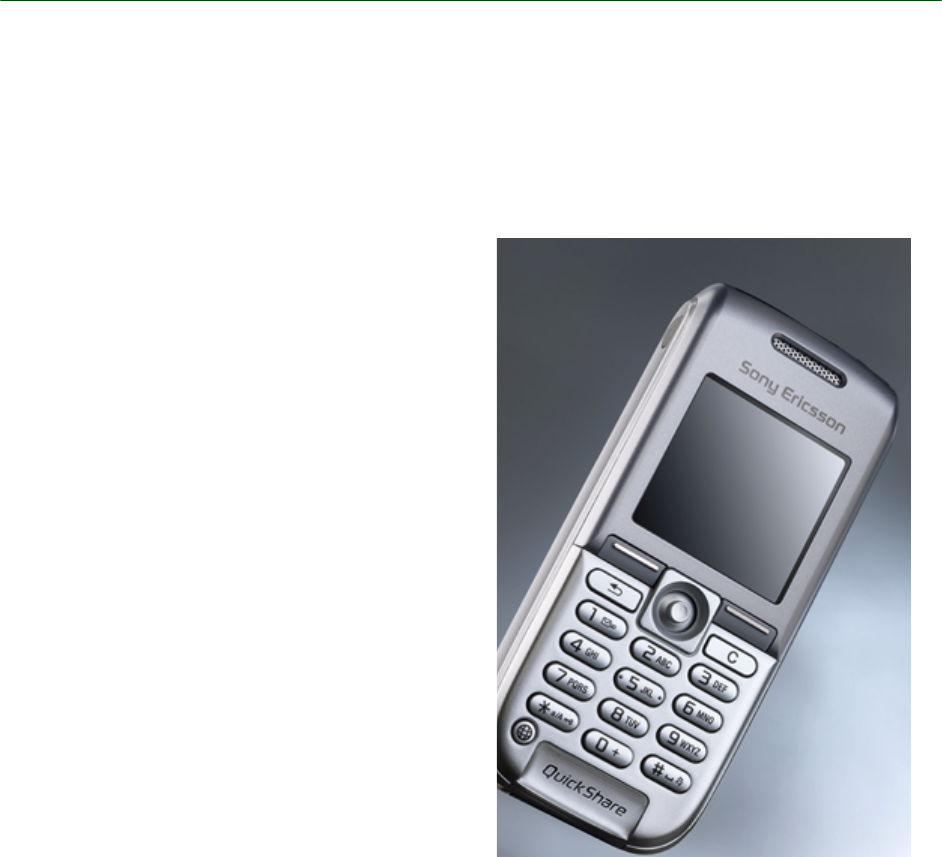
White Paper K300i
23 February 2005
SyncML – an open standard for synchronization
SyncML background
Leading the way in providing remote
synchronization capability, Sony Ericsson realizes
that interoperability of remote synchronization is of
utmost importance if mobile data usage is to
become as widespread as generally predicted.
That is why Ericsson, along with IBM, Lotus,
Motorola, Matsushita, Nokia, Palm Inc., Psion and
Starfish Software, founded the SyncML initiative in
February 2000. Supported by more than 600
software and hardware developers, the SyncML
initiative seeks to develop and promote a globally
open standard for remote synchronization, called
SyncML. Unlike many other synchronization
platforms, SyncML is an open industry
specification that offers universal interoperability.
Because it uses a common language, called XML,
for specifying the messages that synchronize
devices and applications, SyncML has been called
the only truly future-proof platform for enabling
reliable and immediate update of data. The benefit
for the end user is that SyncML can be used almost
anywhere and in a wide variety of devices,
regardless of application or operating system.
What is SyncML?
SyncML is the common language for synchronizing
all devices and applications over any network.
SyncML leverages Extensible Markup Language
(XML), making SyncML a truly future-proof
platform. With SyncML any personal information,
such as calendars, task lists, contact information
and other relevant data, will be consistent,
accessible and up to date, no matter where the
information is stored. For example, a calendar entry
made to a mobile device on a business trip is
equally available to a secretary in a network
calendar. SyncML is the ultimate choice for remote
synchronization.
The phone uses SyncML for both local
synchronization (for example, with a PC using a
cable connection) and remote synchronization over
WAP and http.
Designed for the wireless world
SyncML is designed specifically with the wireless
world’s tight requirements in mind. SyncML
minimizes the use of bandwidth and can deal with
the special challenges of wireless synchronization,
such as relatively low connection reliability and
high network latency. SyncML supports
synchronization over WAP, http or OBEX. As an
open, future-proof standard, SyncML is the
synchronization choice for any device or
application of the mobile information society.


















